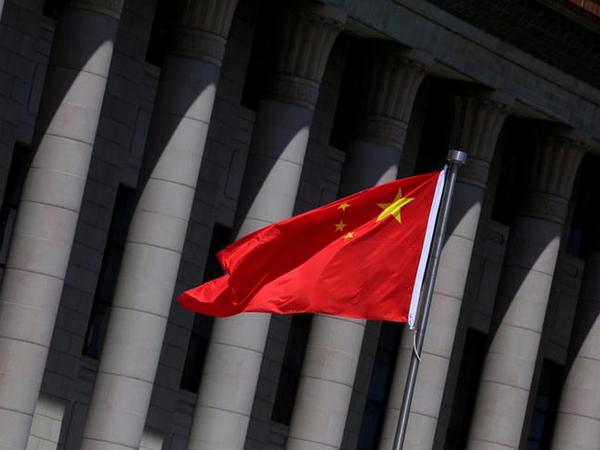Amid raising concerns over the Chinese debt trap policy, a strong international debate is being surfaced on the dangers of Beijing’s Belt and Road Initiative (BRI) projects in several South Asian countries.
Recently, the entire world has seen the current socio-economic and political collapse in Sri Lanka due to the Chinese debt, as per media reports.
The deepening economic crisis of Sri Lanka has put the country in a bad shape after its foreign reserves ran out following two years of money printing and defaulted in April 2022. The rupee collapsed from 180 to 360 to the US dollar in the worst crisis in the history of the island’s intermediate regime central bank. The island nation is now trying to restructure its debt before International Monetary Fund starts disbursing the loan.
Brahma Chellaney in The Hill wrote, quoting American statesman John Adams, who served as president from 1797 to 1801, that there are two ways to conquer and enslave a country: One is by the sword; the other is by debt.”
“China, choosing the second path, has embraced colonial-era practices and rapidly emerged as the world’s biggest official crediton,” he said.
It is to be noted that China’s expansionist agenda across the Himalayas, on the South China Sea or in Taiwan straight are stark reminders of this fact.
Paulo Casaca writing in South Asia Democratic Forum (SADF) described the debt history.
He said that debt has been identified as one of the most common reasons for human slavery throughout history and till today.
China’s influence has been quietly expanding in a more pervasive way in Central Asia. Since 2000, Beijing has been expanding its lending activities in Central Asia.
China’s loans have specific objectives. Beijing offers loans only for those projects that allow the expansion of markets for Chinese products and the transfer of wealth.
In Central Asia, it has mainly allocated loans for oil and gas transportation, energy resource development, mining activities and infrastructure projects. A mandatory requirement of the lending is allowing the participation of Chinese companies in the realization of these projects, Valerio Fabbri wrote in Geopolitica.info.
Moreover, Central Asia sits at the heart of China’s foreign policy, not because of any expansionist ambitions but because it is an extension of domestic challenges in Xinjiang.
To build a strong economic environment to support Xinjiang, Beijing has been transforming Central Asia through infrastructure projects.

